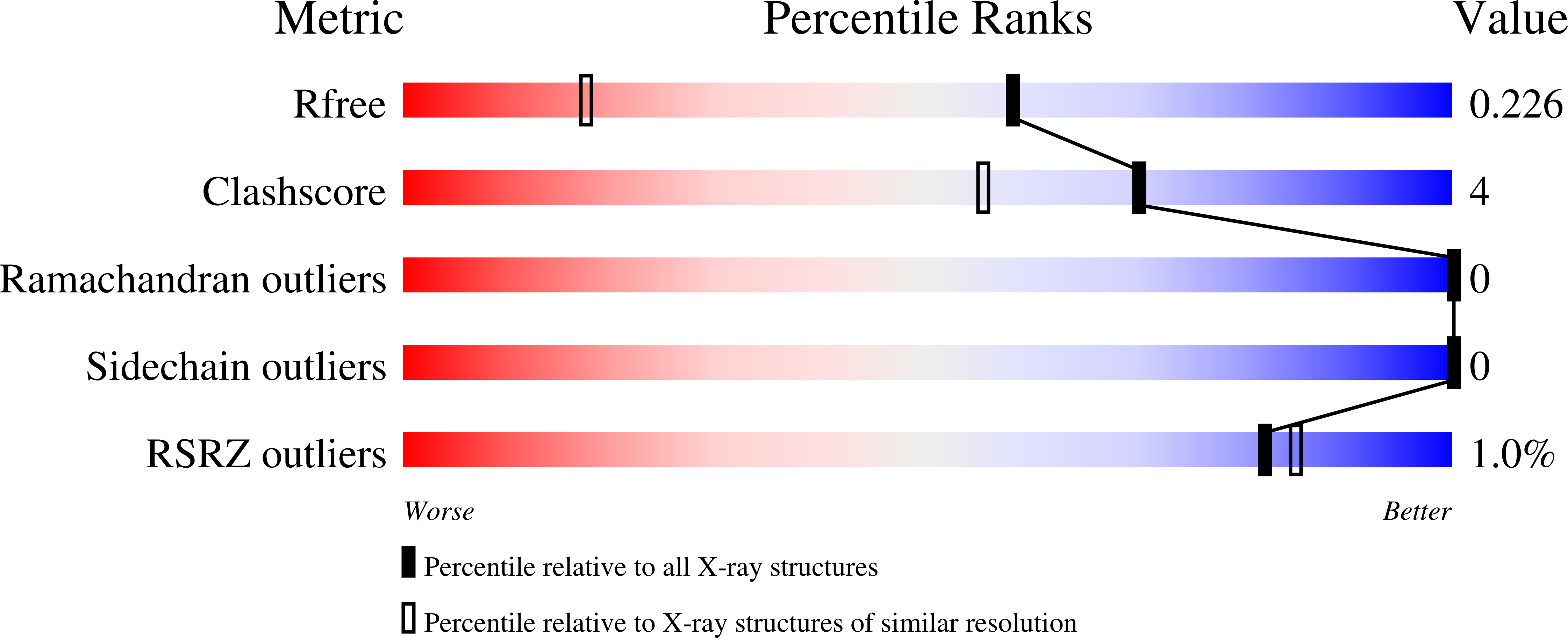
Deposition Date
2020-07-30
Release Date
2021-06-09
Last Version Date
2024-05-22
Entry Detail
Biological Source:
Source Organism:
Mycobacterium tuberculosis (strain ATCC 25618 / H37Rv) (Taxon ID: 83332)
Escherichia coli BL21(DE3) (Taxon ID: 469008)
Escherichia coli BL21(DE3) (Taxon ID: 469008)
Host Organism:
Method Details:
Experimental Method:
Resolution:
1.52 Å
R-Value Free:
0.22
R-Value Work:
0.18
R-Value Observed:
0.18
Space Group:
P 1 21 1


